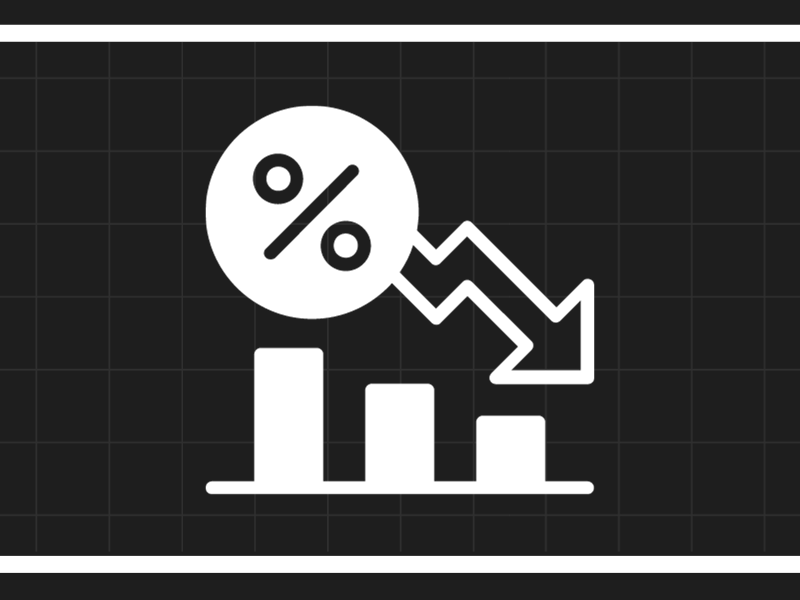Understanding the Trends in US Government Bond Yields: A Century-Long Analysis
In recent months, there has been a significant rise in US bond yields, prompting investors and financial experts to analyse the trend and predict its potential long-term implications. Today, I will be discussing a chart of US bonds’ ten-year yield over the past century, which provides valuable insights into the major trends and enables us to understand the current scenario better.
The chart, provided by Zafar from Invesys Capital, depicts the movement of US bond yields spanning nearly 95 years. Along with the actual yield data, the chart also includes a simple moving average, highlighting the major trend of the government yield. Let’s delve deeper into the analysis and interpretation of this chart to gain a comprehensive understanding of the subject matter.
Historical Trends

Image Credits : Zafar Shaik (Invesys Capital)
Based on the chart’s analysis, Zafar identified two significant trends in US bond yields since 1948. The first trend occurred from the post-World War II era until 1982, during which yields steadily rose from around 2% to a staggering 16%. This upward trend signifies a period of economic growth and increased investor confidence. However, by the end of 1982, the trend shifted, leading to a major downturn that persisted until 2020.
The second trend, which spanned almost four decades, was characterised by declining yields. The yields gradually plummeted from 16% to nearly zero, reaching an all-time low in 2020 amidst the COVID-19 pandemic, where they touched 0.2% to 0.3%. This downturn was primarily driven by unprecedented global circumstances and governments’ efforts to stabilise the economy through fiscal measures.
Current Scenario and Future Predictions
Now, a new trend has emerged. The yields, which had bottomed out, have started to rise again, currently hovering around 4.8% after touching a high of 4.95%. Taking into account the prevailing circumstances, this upward trend may continue for a considerable period. However, the duration of this trend is uncertain and cannot be accurately predicted.
Factors contributing to this upward trend include the persistent challenge of inflation control worldwide and significant fiscal deficits that require governments to issue more currency and bonds to sustain their respective economies. As a result, it appears increasingly likely that we are entering a long-term period of higher interest rates.
Although statistical analysis indicates that there have only been two major trends in the last 90 years, historical evidence suggests that if this trend were to continue rising, we may not witness lower interest rates for several decades to come. This potential scenario underscores the need for a proactive and informed approach to navigate the evolving financial landscape.
Implications of Rising Yields
The rise in interest rates and inflation often results in a favourable environment for real assets. In this context, real estate and precious metals are anticipated to perform well in the coming years. Stocks, too, can continue to thrive, although differentiation is expected, with highly indebted companies and countries facing greater pressure due to the higher interest burden on their debts. These entities may experience a reduced capacity for spending and increased reliance on taxation to service their debts.

If you have any questions, please write to support@weekendinvesting.com









